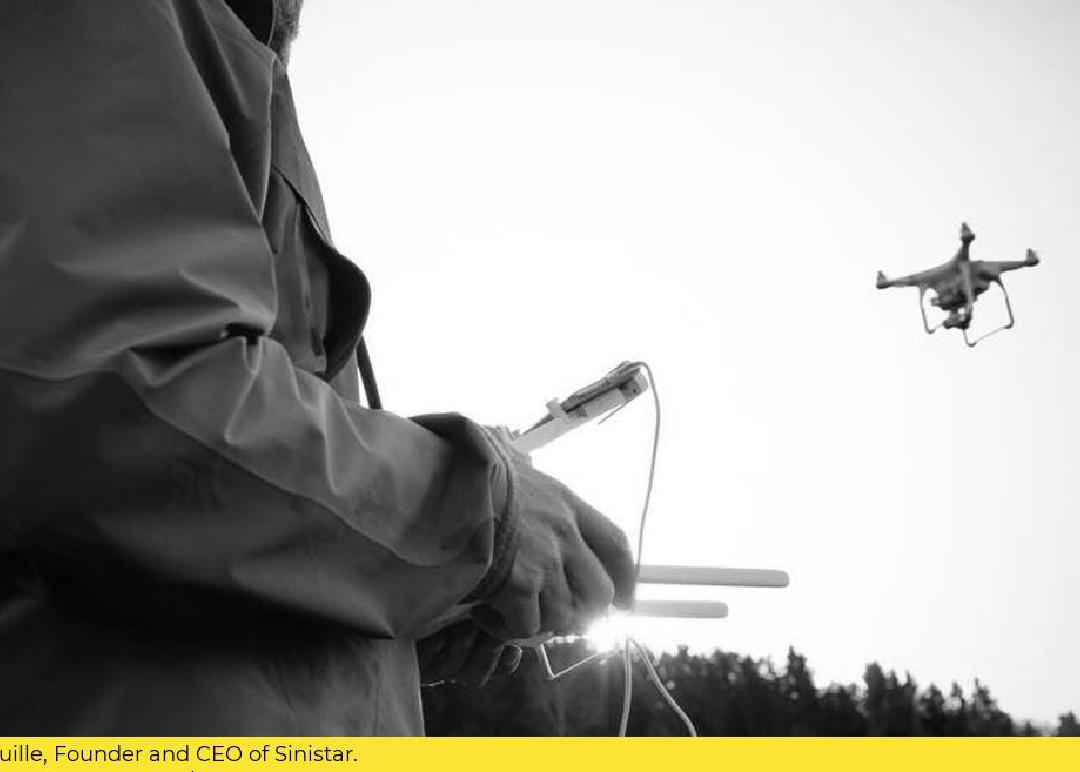Insurers, Are You Prepared for the Increasing Frequency of Extreme Weather Events?
According to a report by NOAA, 2023 was a record-breaking year with over 18 billion-dollar weather and climate disasters. This trend is only expected to continue, with extreme weather events becoming more frequent, intense, and larger. As an insurance executive, are you prepared to manage the increased risks and protect your assets?
New technologies can help insurers adapt to climate change and manage risks more efficiently. Here are four technologies that can help:
1. Drones
Drones are becoming an increasingly important tool in dealing with extreme weather events. After major disasters, they help insurers quickly assess damage by covering dangerous areas and sending accurate, real-time information to multiple adjusters. Drones can capture detailed images and data from different angles, allowing adjusters to precisely evaluate losses and expedite claims. This leads to faster, more efficient claims processing and reduced operational costs.
2. Satellite and Aerial Imaging
Earth observation technologies, such as satellites and aerial imaging, are another significant way to collect data throughout the insurance policy lifecycle. High-definition images from planes or satellites can capture granular details, such as the number of tiles on a roof. Aerial imaging also gathers information over much broader areas, adding information about vegetation and weather patterns to risk analysis during underwriting. This helps insurers adapt coverage to reflect changes in structures, landscaping, and the environment.
3. Artificial Intelligence
Drones, planes, and satellites generate colossal amounts of data that human experts alone could not possibly analyze. That’s where AI comes in; it can automate data analysis for underwriting, monitoring, and updating, and parts of the claims process. AI can take into account broader data sets for tailor-made policies based on a company’s specific profile. Throughout the coverage period, AI enables real-time monitoring and contributes to early warning systems. These systems help insurers and their customers respond more quickly when problems occur, or disasters strike.
4. Home-Sharing Platforms
The above technologies help protect and restore physical assets, but what about employees? A major event that damages their homes can disrupt operations. Previously, insurers relocated their customers to corporate housing or hotels. However, home-sharing platforms like Airbnb and HomeAway offer a more cost-effective and comfortable solution. Insurers can partner with these platforms to provide temporary housing for their customers, ensuring business continuity and employee satisfaction.
As an insurance executive, it’s crucial to adapt to the changing climate and manage risks more efficiently. These technologies can help you do just that. However, if you want to take it a step further, consider parametric insurance. With Riskwolf, you can turn real-time data into insurance. Using unique real-time data and dynamic risk modeling, we enable insurers to build and operate parametric insurance at scale. Simple. Reliable. Fast.
Read more about the four technologies helping insurers adapt to climate change in this Forbes article.
